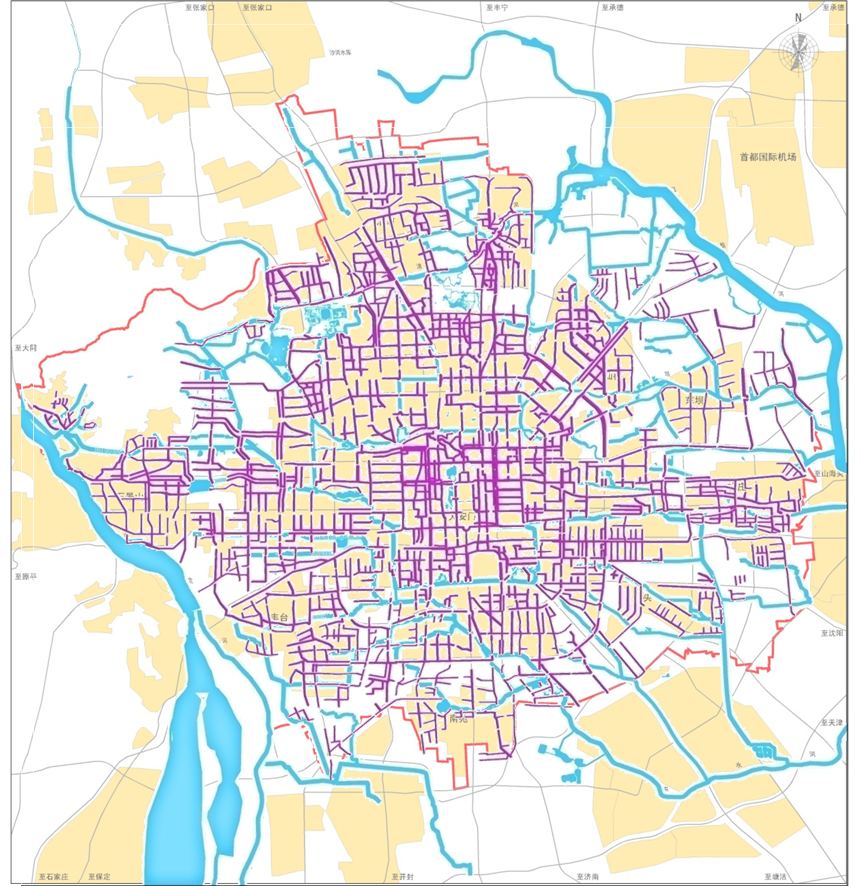
In recent years, because of climate change and the urban heat island effect, there has been a significant increase in extreme rainfall events in Beijing City. The development of urban areas leads to significant changes in the characteristics of runoff generation and routing, with heavy urban rainstorms frequently causing serious waterlogging and water innundation. These phenomena pose significant threats to residents’ lives and property and to the city’s safety and presented the shortcomings in traditional urban drainage and flood control systems. The aim of this project, which is being overseen by the Beijing Municipal Institute of City Planning and Design, is to use advanced tools to assess the risk of flooding and waterlogging in Beijing City. According to the findings of this assessment, more comprehensive flood prevention and waterlogging system will be constructed to cope with extreme rainfall, and plans will be proposed for the design and construction of rainwater pipelines, pumping stations, and river channels with high standards. Planning of flood prevention and control facilities for areas where floodwater will be regulated and stored will be introduced on a case-by-case basis to improve capacities for flood control and waterlogging prevention in Beijing City. The process of planning for the rainwater pipeline and pumping station system, the river system, and floodwater storage and detention areas has been completed, with inputs from this planning process to guide the construction of rainwater pipelines located along the municipal road in central Beijing City as well as the management of small and medium river courses and the construction of flood storage and detention areas. The flood risk in the central part of the city will be simulated and analyzed using the flood control and prevention model, which has provided inputs for the compilation of a flood risk map by Beijing Department of Flood Control and for developing measures to control waterlogging-prone sites. A plan will be formulated for controlling floods and waterlogging, which includes the construction of 80 concave-down bridges. To date, 46 concave-down bridges have been constructed along with storage ponds and the upgrading of the pumping station.

